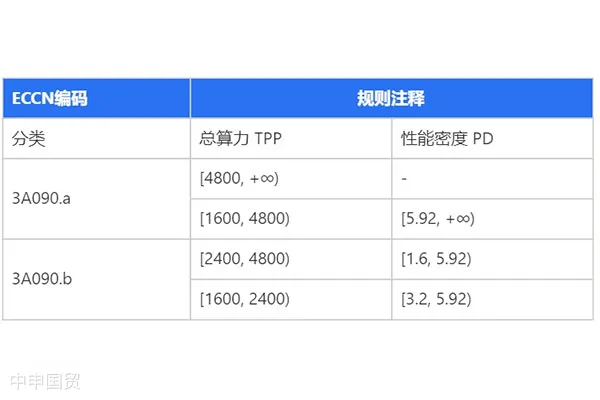- Shanghai Zhongshen International Trade Co., Ltd. - Two decades of trade agency expertise.
- Service Hotline: 139 1787 2118
Against the backdrop of the increasingly fierce competition in the global semiconductor industry, the US Department of Commerce has recently updated the export control provisions, which is another major adjustment after the Chip Act. This update targets the core technologies and equipment for chip manufacturing, including but not limited to EUV masks, etching machines, etc., and at the same time re - clarifies the AI chip license and its exceptions. This move aims to restrict the development of the semiconductor industry in mainland China, especially to block its leap to advanced process technologies.
I. Special Mention of Macau Region and D:5 Group of Regions
In this update of export controls, the Macau region is frequently mentioned. Consistent with the rules in October 2023, a presumption of denial strategy is adopted for Macau and the D:5 group of regions (covering mainland China, Iran, Russia, etc.). This means that, unless there are special reasons, applications for exporting controlled AI chips to these regions will be default - rejected. The D:5 group of regions is a classification in US export controls, indicating that exports, re - exports, or transfers to these countries and regions are subject to strict restrictions.

II. Authorized Advanced Computing Power License Exemption
The update introduces a authorized advanced computing power license exemption, which provides certain convenience for exports in some cases. Specifically, for the export of certain AI - related products to countries and regions other than the D:4 and D:5 groups, no additional license is required under specific conditions.
III. Impact on Lithography Machines, RTX4090 and AIPC
(1) Lithography Machines:This update has strengthened the control of EUV masks and related equipment, taking national security and regional stability as new control reasons, and implementing more stringent licensing requirements for exports, re - exports, etc. to the Macau region, D:5 countries and regions.
(2) RTX4090:針對消費級AI芯片,如RTX4090,更新條款明確了性能密度的計算方式和閾值,為某些高性能芯片的出口提供了明確的指引。
(3) AIPC:For AI processing chips (AIPC), the updated terms provide a clearer scope of application and exceptions, giving enterprises a more definite basis when exporting such products.

IV. Control Objectives and Countermeasures
The main purpose of this update of US export controls is to restrict China from acquiring advanced technologies and equipment in the semiconductor industry, especially those key technologies that can be used in military and advanced computing. In this way, the US hopes to maintain its technological leadership in the global semiconductor industry. At the same time, for national security considerations, it aims to prevent advanced technologies from falling into the hands of potential opponents.
Faced with this situation, Chinese enterprises and research institutions need to adopt a number of countermeasures:
(1) Strengthen independent research and development:Improve the ability of independent research and development and reduce dependence on external advanced technologies and equipment.
(2) Diversify import sources:Explore technological cooperation and equipment procurement from other countries and regions to reduce dependence on a single source.
(3) Comply with laws and regulations:Strictly abide by US export control regulations and introduce technologies and equipment through legal channels.
(4) International cooperation:Strengthen communication with international partners, jointly respond to the US technology blockade, and seek alternative technological paths.
The update of US export controls reflects its strategic considerations in the global semiconductor industry competition. Although the degree of control has been adjusted, its fundamental purpose remains unchanged. Chinese enterprises need to pay close attention to subsequent developments, flexibly adjust their strategies, and strengthen independent technology research and development to cope with the changing international trade environment.
Related Recommendations
Contact Form
? 2025. All Rights Reserved. 滬ICP備2023007705號-2  PSB Record: Shanghai No.31011502009912
PSB Record: Shanghai No.31011502009912









